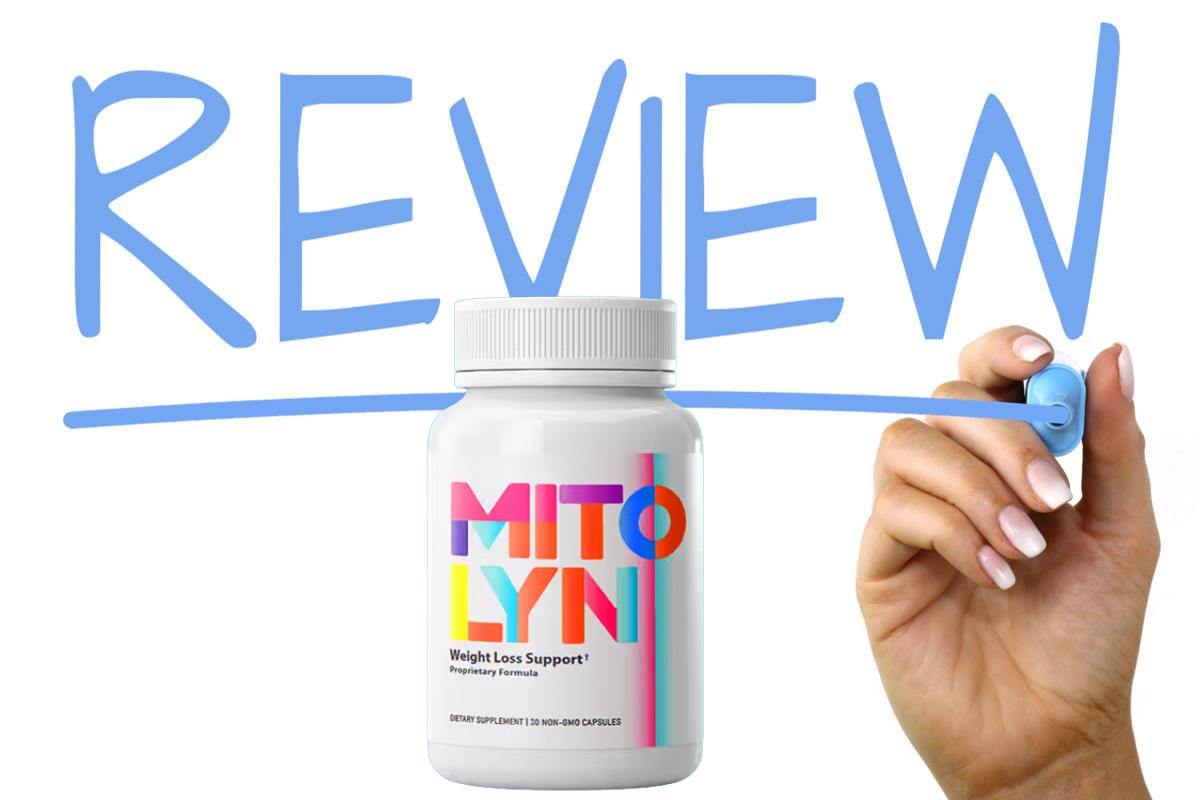If you’re exploring your Medicare options, you might have come across Medicare Advantage, or Part C. This plan combines Medicare Parts A and B, often with added benefits like vision and dental coverage. However, whether it’s a better choice than Original Medicare depends on various factors, including your healthcare needs and preferences. Let’s take a closer look at what Medicare Advantage offers and how it stacks up against Original Medicare.
Understanding Medicare Advantage Plans
Medicare Advantage plans, also known as Medicare Part C, offer an alternative way to receive your Medicare benefits. These plans are provided by private insurance companies approved by Medicare and typically combine coverage from Medicare Parts A and B.
When you choose a Medicare Advantage plan, you may also get additional benefits, like vision, dental, or wellness programs, which aren’t usually included in Original Medicare. You’ll likely pay a monthly premium along with your Part B premium, but many plans have low or even $0 premiums.
Keep in mind that your out-of-pocket costs and network restrictions may differ from Original Medicare. It’s important to review your options carefully to find a plan that best fits your healthcare needs and budget.
Key Differences Between Medicare Advantage and Original Medicare
When comparing Medicare Advantage plans to Original Medicare, it’s important to understand how they differ in coverage, costs, and flexibility.
Original Medicare consists of Part A (hospital insurance) and Part B (medical insurance), while Medicare Advantage bundles these along with additional benefits, often including vision and dental coverage.
In terms of costs, Original Medicare typically requires you to pay a deductible and coinsurance, whereas Medicare Advantage may offer lower out-of-pocket costs but usually involves copayments for services.
Flexibility is another key difference; Original Medicare allows you to see any doctor who accepts Medicare, but Medicare Advantage often requires you to use a network of doctors and may need referrals for specialists.
Understanding these differences can help you make an informed choice.
Coverage Options Offered by Medicare Advantage
Many Medicare Advantage plans offer a variety of coverage options that go beyond what Original Medicare provides. You might find additional benefits like vision, dental, and hearing care, which aren’t typically covered by Medicare Parts A and B.
Many plans also include wellness programs and fitness memberships, helping you maintain a healthier lifestyle. Prescription drug coverage is often bundled into these plans, simplifying your healthcare management.
Some Medicare Advantage plans even offer telehealth services, allowing you to consult with healthcare providers remotely. With options like these, you can tailor your healthcare experience to better suit your needs.
It’s crucial to review the specific coverage details of each plan to guarantee it aligns with your healthcare requirements.
Cost Comparisons: Medicare Advantage vs. Original Medicare
While you might find Medicare Advantage plans appealing for their additional benefits, it’s essential to evaluate the costs involved.
Medicare Advantage typically has lower monthly premiums compared to Original Medicare, but you may face higher out-of-pocket costs, especially for services like hospital stays.
With Original Medicare, you pay a standard Part B premium and a deductible, along with 20% coinsurance for most services. Additionally, you might want to purchase a Medigap policy to cover those costs, which adds to your expenses.
In contrast, Medicare Advantage plans often include a cap on out-of-pocket spending, providing more predictable costs.
Ultimately, you’ll need to assess your healthcare needs and financial situation to determine which option is more cost-effective for you.
Enrollment Process for Medicare Advantage
Steering through the enrollment process for Medicare Advantage can feel overwhelming, but it doesn’t have to be.
First, you’ll want to check if you’re eligible. Typically, you can enroll during your Initial Enrollment Period, which starts three months before you turn 65. You can also join or switch plans during the Annual Enrollment Period from October 15 to December 7 each year.
To start, gather necessary information like your Medicare number and personal details.
Then, visit the Medicare website or call a licensed insurance agent to compare plans in your area. Once you’ve chosen a plan, follow the instructions to enroll, either online or by phone.
Remember to review your coverage annually to verify it still meets your needs.
Advantages of Choosing Medicare Advantage
Choosing Medicare Advantage can offer you a range of benefits that cater to your specific healthcare needs. One major advantage is the simplicity of having all your coverage in one plan, combining hospital, medical, and often prescription drug coverage.
You may also find lower out-of-pocket costs compared to Original Medicare, especially if you need frequent medical care. Plus, many plans include additional services like dental, vision, and hearing care, which Original Medicare doesn’t typically cover.
Medicare Advantage plans often come with care coordination features, helping you manage your health better. Additionally, you can enjoy the flexibility of choosing providers within a network, which can enhance your overall healthcare experience.
Potential Drawbacks of Medicare Advantage
Although Medicare Advantage plans come with appealing benefits, they also have potential drawbacks that you should consider.
One major concern is the network restrictions; many plans require you to use specific doctors and hospitals, which can limit your options. If you prefer seeing a specialist or want to receive care outside your network, you might face higher costs or denial of coverage.
Additionally, these plans often have higher out-of-pocket expenses, including copayments and deductibles, compared to Original Medicare. You may also find that prior authorization is required for certain treatments, which can delay care.
Finally, Medicare Advantage plans can change their benefits and costs annually, making it hard to predict your healthcare expenses from year to year.
Making an Informed Decision: Which Plan Is Right for You?
When weighing your options between Medicare Advantage and Original Medicare, it’s important to reflect on your individual health needs and preferences.
Consider your current health status and any ongoing treatments. If you have specific doctors or specialists you want to see, check if they’re in-network for Medicare Advantage plans.
Also, evaluate the costs—monthly premiums, deductibles, and out-of-pocket maximums can vary greatly.
Think about the benefits you want; some plans offer additional services like dental or vision care.
Finally, consider your comfort with network restrictions; Original Medicare offers more flexibility in choosing providers.
Conclusion
To sum up, choosing between Medicare Advantage and Original Medicare depends on your unique healthcare needs and preferences. If you value additional benefits and don’t mind network restrictions, Medicare Advantage might be the right fit for you. However, if you prefer flexibility in provider choice and a straightforward plan, Original Medicare could be better. Whichever option you choose, make sure to weigh the costs and coverage to find the best plan for your situation.














